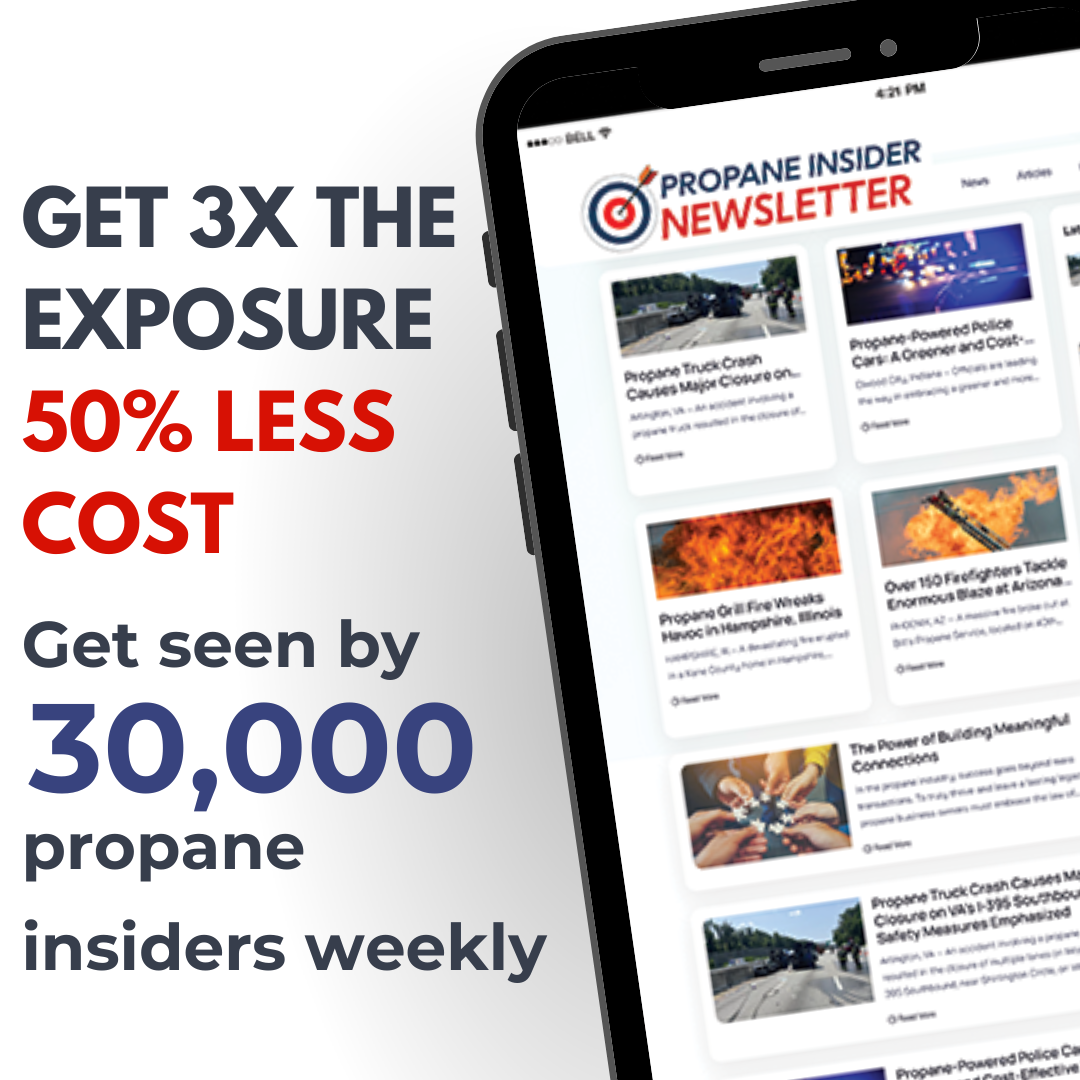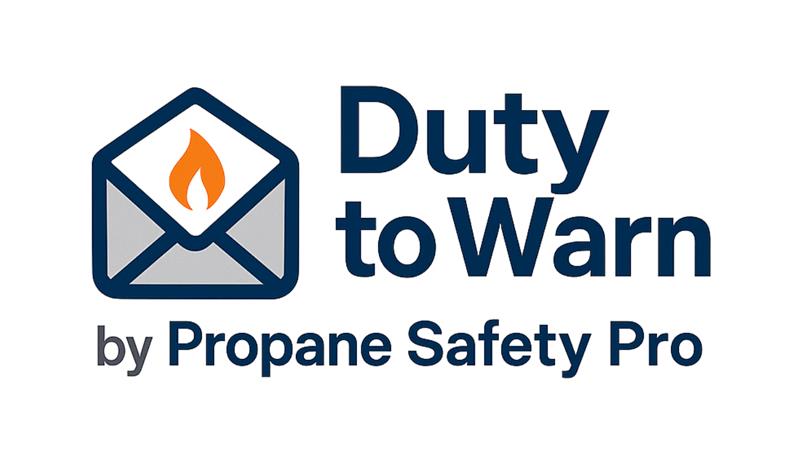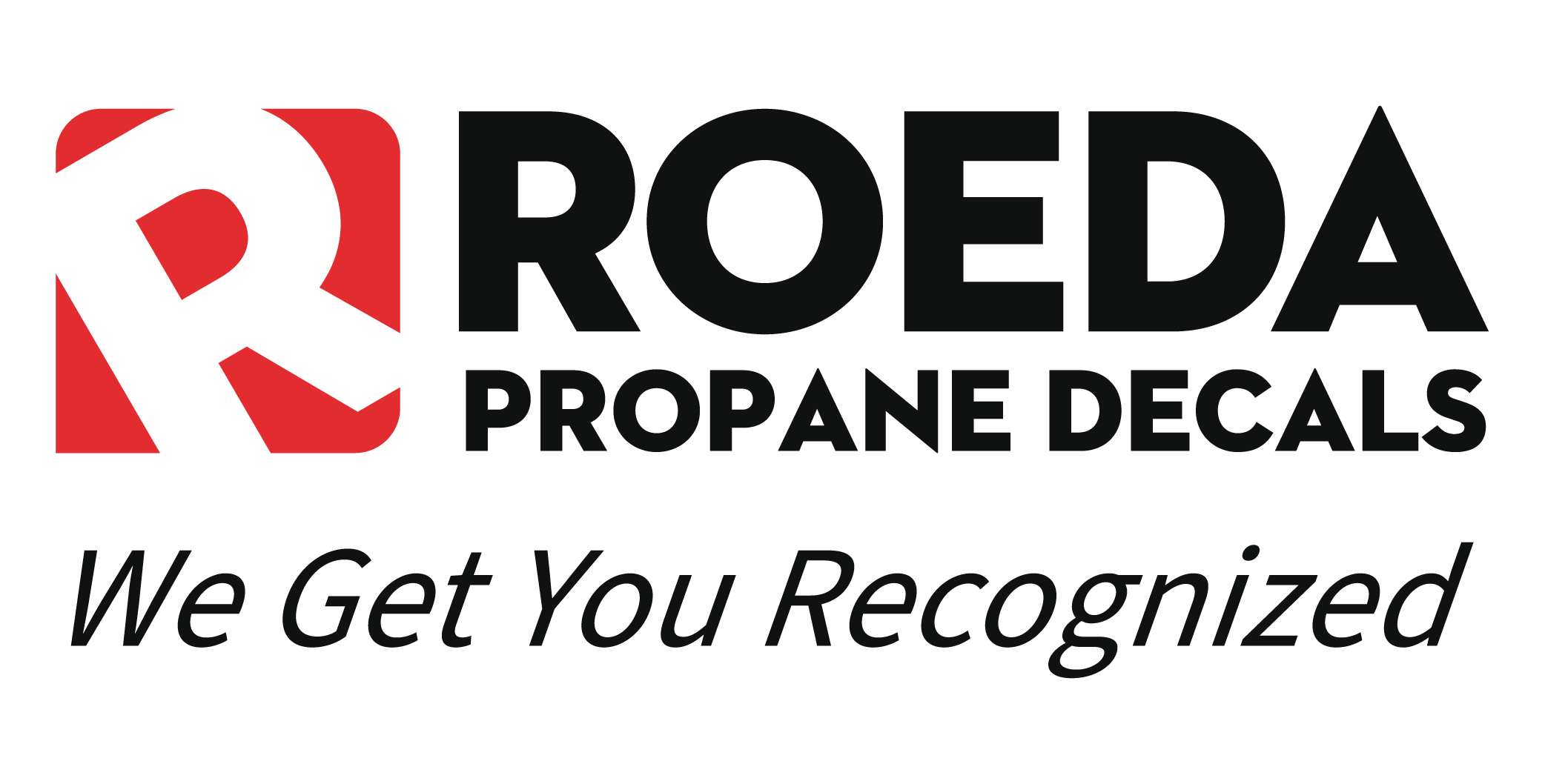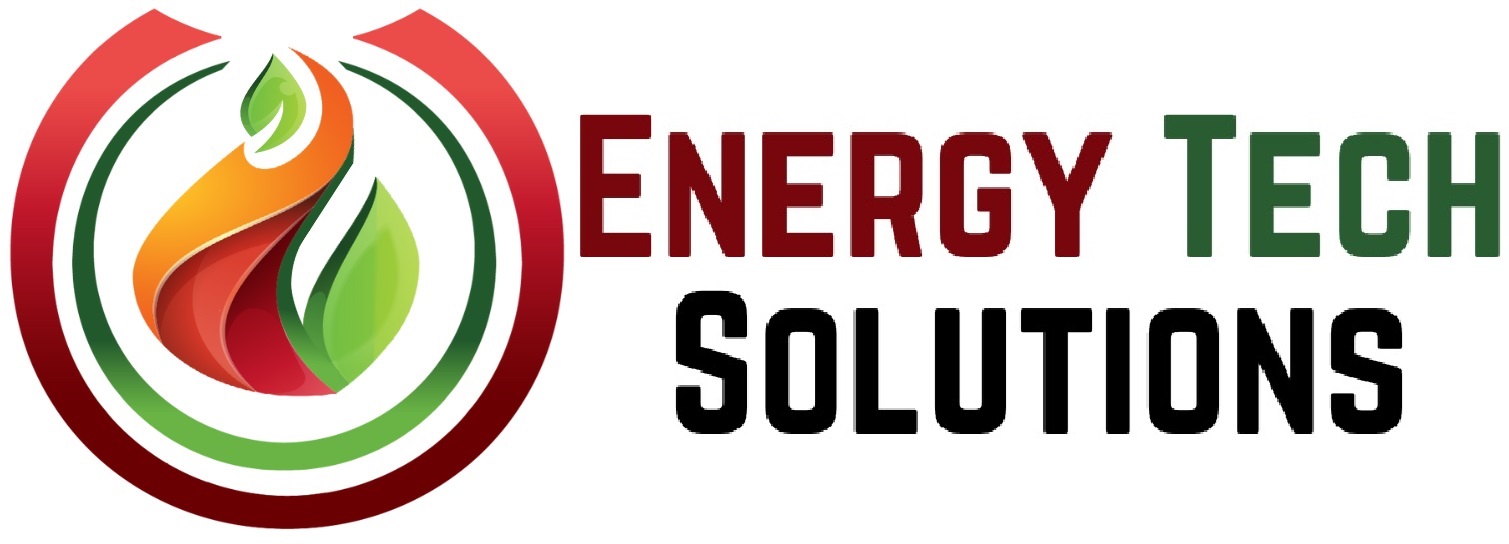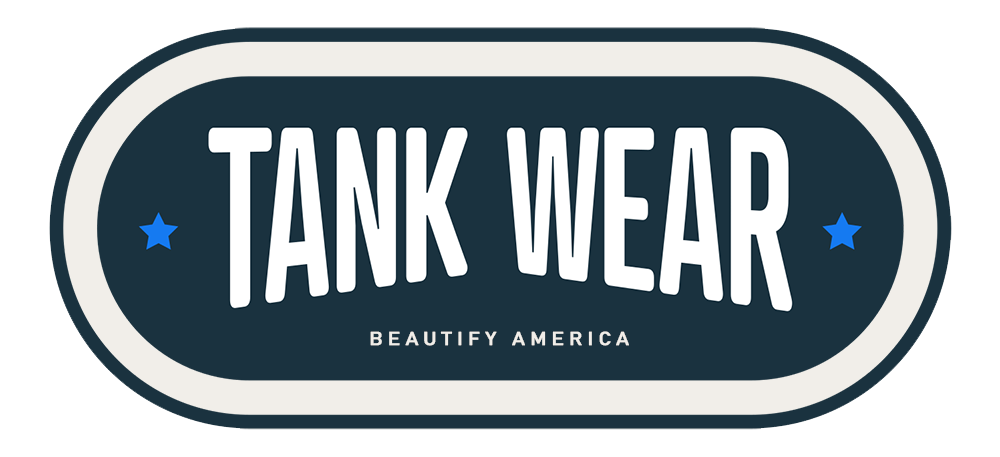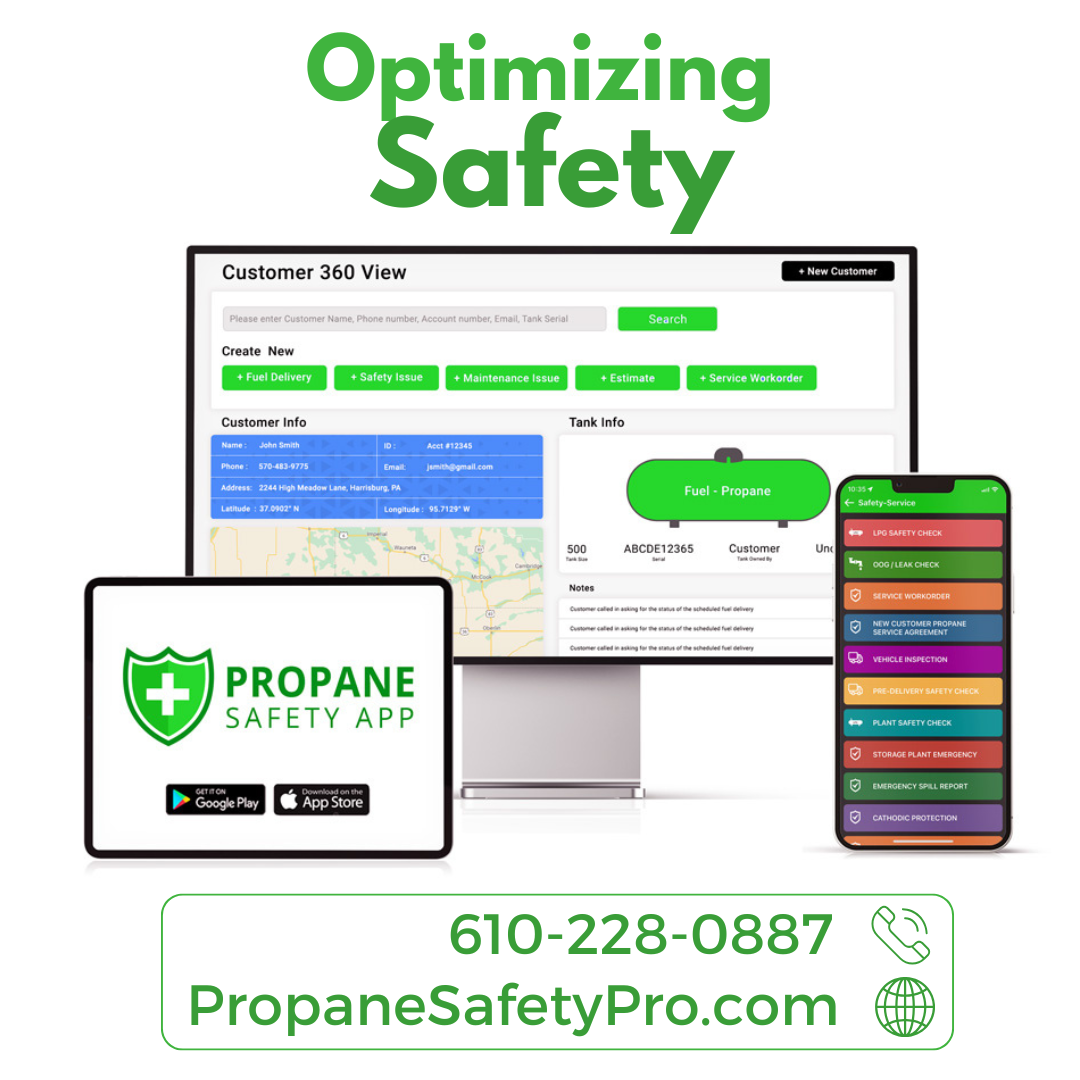Understanding the Propane Market: Supply and Demand Dynamics
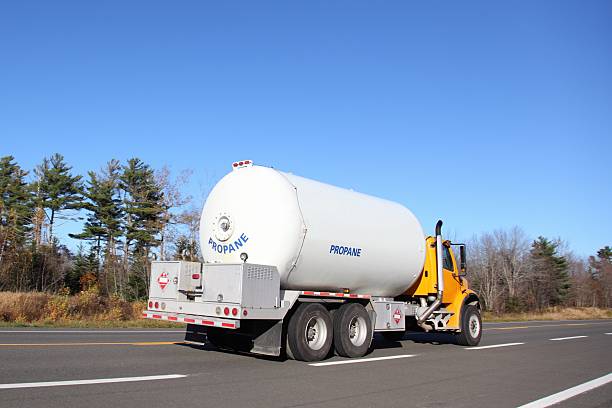
Understanding the Propane Market: Supply and Demand Dynamics
Propane, a versatile energy source, plays a significant role in various sectors of the U.S. economy. However, in recent years, there has been a notable disparity between propane production and domestic demand. Let’s examine the key components of this supply-demand imbalance and its implications for the market.
Supply and Demand Overview
To grasp the dynamics at play, we first examine the supply-demand comparison between 2022 and 2023. The U.S. experienced a surge in propane production, propelled by increases in natural gas and crude oil production. Conversely, propane imports decreased, primarily sourced from Canada, which redirected its exports to other destinations.

On the demand side, propane usage varies across sectors. Petrochemical companies and retailers constitute the primary domestic consumers. Petrochemical demand fluctuates with economic conditions and price differentials compared to other feedstocks like ethane. Retail demand, largely dictated by heating needs, is heavily influenced by weather patterns.
The Imbalance
Despite rising production, domestic demand witnessed a decline, resulting in an excess supply of propane. This surplus, totaling 1.515 million barrels per day, necessitated either exportation or storage. While propane exports increased, they failed to offset the growing supply surplus, leading to inventory accumulation and downward pressure on prices throughout 2023.
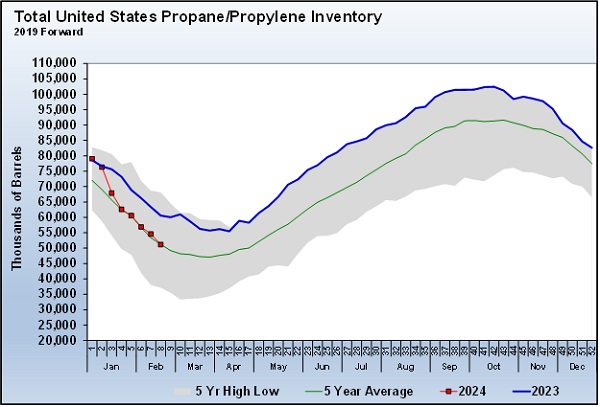
Market Response and Outlook
In 2024, the excess propane inventories were gradually depleted, aligning with historical averages. However, disruptions, such as January winter storms, impeded production, underscoring the market’s vulnerability to supply shocks.
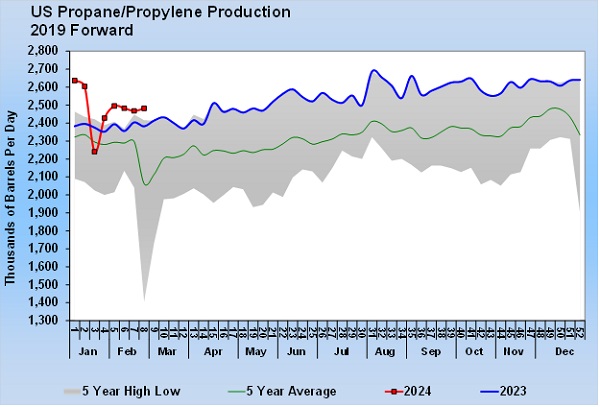
While some production decline could be attributed to maintenance activities, the inelastic nature of propane production suggests limited responsiveness to demand fluctuations. The expectation of production rebounding to pre-storm levels offers cautious optimism.
Price Dynamics
Despite tightening inventories, propane prices exhibited a downward trend, contrasting with rising crude prices. Propane’s affordability relative to heating oil and gasoline underscores its attractiveness, reinforcing the market’s preference for propane.
Future Considerations
Looking ahead, maintaining supply-demand equilibrium hinges on export opportunities and global economic conditions. While an abundance of propane exists domestically, the prospect of price spikes remains contingent on unforeseen disruptions or robust global demand.
The propane market reflects a delicate interplay between supply dynamics, demand fluctuations, and external factors. As the industry navigates through these challenges, understanding these nuances is crucial for informed decision-making and market resilience.
This article draws insights from LP Gas Magazine. For more information, visit lpgasmagazine.com.

